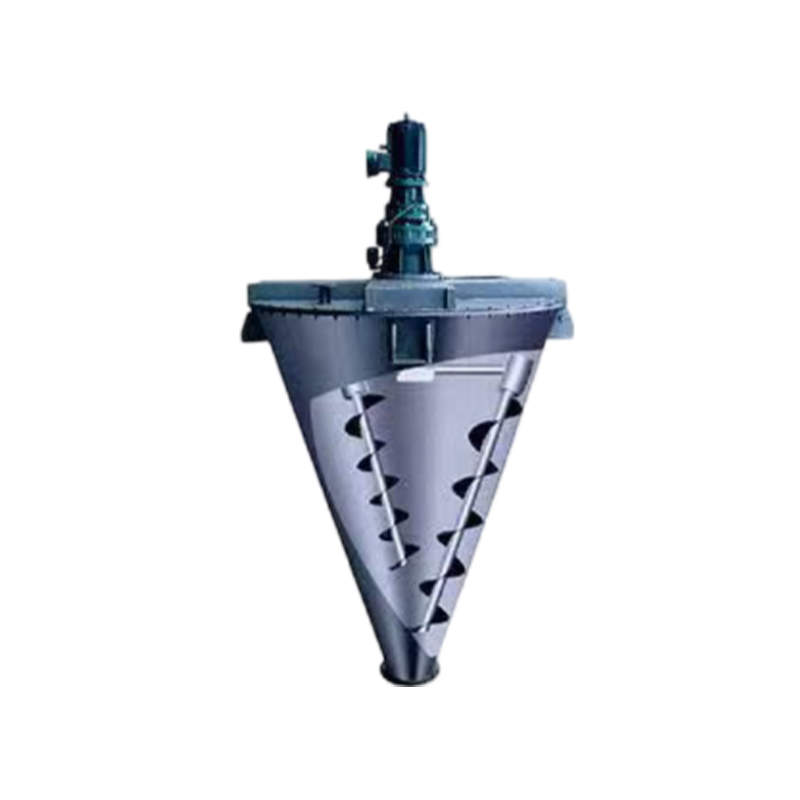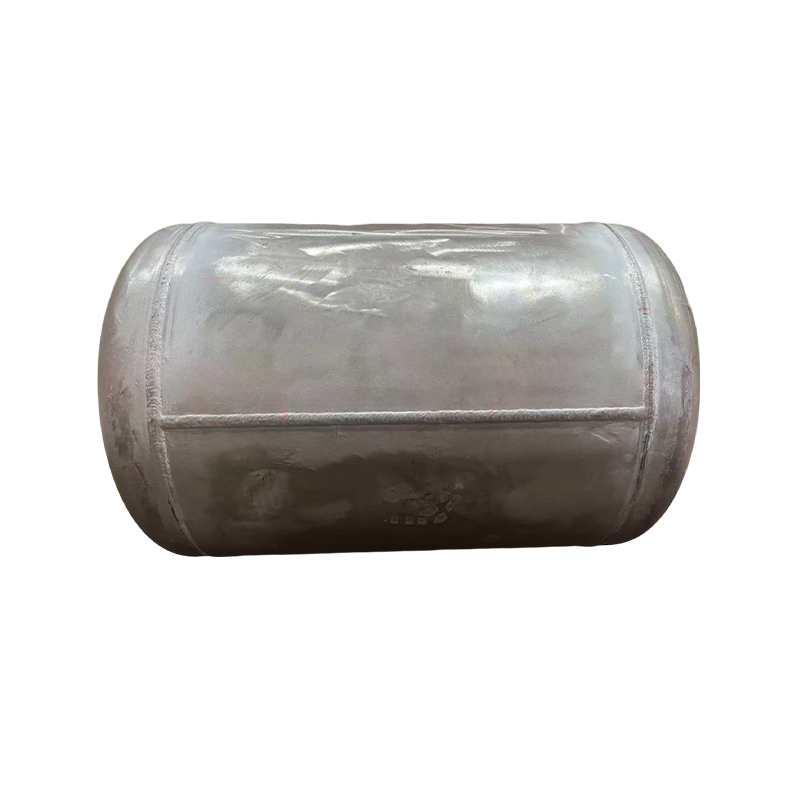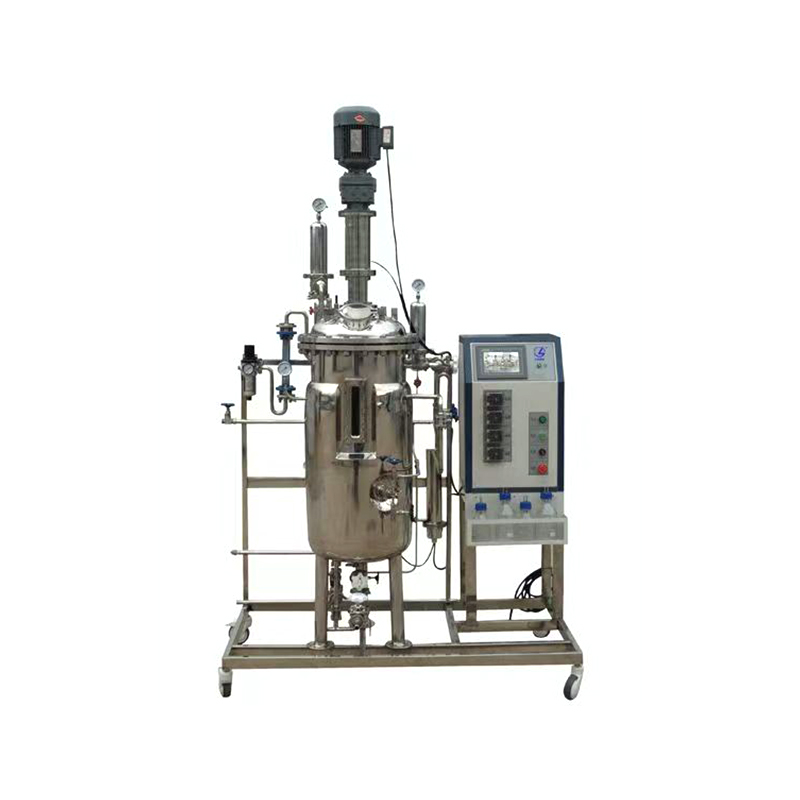What are the anti-corrosion measures for silo storage tanks when storing corrosive substances?
Release Time : 2025-03-14
As an important equipment for storing various chemical substances, silo storage tanks face severe anti-corrosion challenges, especially when storing corrosive substances. Corrosion will not only reduce the service life of the tank, but may also cause material leakage, pollute the environment, and even cause safety accidents. Therefore, it is crucial to take scientific and effective anti-corrosion measures.
First of all, the material selection of silo storage tanks is the basis. For the storage of corrosive substances, materials with excellent corrosion resistance, such as stainless steel and alloy steel, should be given priority. These materials can resist the erosion of a variety of chemical substances and reduce the corrosion rate. In addition, the strength, toughness and welding performance of the material must also be considered to ensure the overall structural stability and safety of the tank.
In addition to material selection, the inner wall treatment of the silo storage tank is equally important. During the manufacturing process of the tank, the inner wall should be strictly cleaned and passivated to remove grease, dirt and oxide layer on the surface, forming a dense protective film to prevent the corrosive medium from directly contacting the material matrix. At the same time, spraying anti-corrosion coatings can also be used to further enhance the anti-corrosion ability of the inner wall. Anticorrosive coatings should have good corrosion resistance, adhesion and wear resistance, and be able to maintain stable performance for a long time in harsh corrosive environments.
During the use of storage tanks, regular inspection and monitoring are the key to ensuring the anticorrosion effect. The inner and outer walls of the storage tank should be inspected regularly to detect and deal with corrosion problems in a timely manner. For the inner wall, non-destructive testing methods such as ultrasonic thickness gauges can be used to measure the wall thickness changes and evaluate the degree of corrosion. For the outer wall, attention should be paid to the integrity, shedding and blistering of the coating, and timely recoating and repair.
In addition, keeping the storage tank clean and dry is also an important measure for anticorrosion. Corrosive substances often coexist with moisture and impurities, which will accelerate the corrosion process. Therefore, the storage tank should be cleaned and drained regularly to remove residues and accumulated water. At the same time, the sealing of the storage tank should be strengthened to prevent external moisture and air from entering and reduce the risk of corrosion.
In the implementation of anticorrosion measures, attention should also be paid to operating specifications and safety protection. The anticorrosion operation of the storage tank should be carried out strictly in accordance with the operating procedures to ensure personnel safety and operation quality. For storage tanks involving toxic and hazardous substances, protective equipment such as gas masks and gloves should be worn to prevent poisoning or injury.
In summary, the anti-corrosion measures for silo storage tanks when storing corrosive substances involve material selection, inner wall treatment, regular inspection and monitoring, keeping clean and dry, as well as operating specifications and safety protection. Only by comprehensively considering these factors can the long-term safe operation of the storage tank be ensured and the safety of personnel and the environment be guaranteed.
First of all, the material selection of silo storage tanks is the basis. For the storage of corrosive substances, materials with excellent corrosion resistance, such as stainless steel and alloy steel, should be given priority. These materials can resist the erosion of a variety of chemical substances and reduce the corrosion rate. In addition, the strength, toughness and welding performance of the material must also be considered to ensure the overall structural stability and safety of the tank.
In addition to material selection, the inner wall treatment of the silo storage tank is equally important. During the manufacturing process of the tank, the inner wall should be strictly cleaned and passivated to remove grease, dirt and oxide layer on the surface, forming a dense protective film to prevent the corrosive medium from directly contacting the material matrix. At the same time, spraying anti-corrosion coatings can also be used to further enhance the anti-corrosion ability of the inner wall. Anticorrosive coatings should have good corrosion resistance, adhesion and wear resistance, and be able to maintain stable performance for a long time in harsh corrosive environments.
During the use of storage tanks, regular inspection and monitoring are the key to ensuring the anticorrosion effect. The inner and outer walls of the storage tank should be inspected regularly to detect and deal with corrosion problems in a timely manner. For the inner wall, non-destructive testing methods such as ultrasonic thickness gauges can be used to measure the wall thickness changes and evaluate the degree of corrosion. For the outer wall, attention should be paid to the integrity, shedding and blistering of the coating, and timely recoating and repair.
In addition, keeping the storage tank clean and dry is also an important measure for anticorrosion. Corrosive substances often coexist with moisture and impurities, which will accelerate the corrosion process. Therefore, the storage tank should be cleaned and drained regularly to remove residues and accumulated water. At the same time, the sealing of the storage tank should be strengthened to prevent external moisture and air from entering and reduce the risk of corrosion.
In the implementation of anticorrosion measures, attention should also be paid to operating specifications and safety protection. The anticorrosion operation of the storage tank should be carried out strictly in accordance with the operating procedures to ensure personnel safety and operation quality. For storage tanks involving toxic and hazardous substances, protective equipment such as gas masks and gloves should be worn to prevent poisoning or injury.
In summary, the anti-corrosion measures for silo storage tanks when storing corrosive substances involve material selection, inner wall treatment, regular inspection and monitoring, keeping clean and dry, as well as operating specifications and safety protection. Only by comprehensively considering these factors can the long-term safe operation of the storage tank be ensured and the safety of personnel and the environment be guaranteed.







